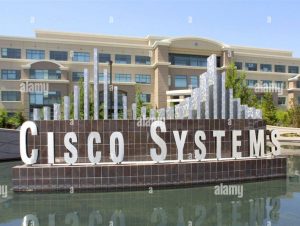VPLS Layer 2 VPN Considerations – WAN for the Enterprise
2 min read
Because VPLS provides a Layer 2 switched segment between sites, you can choose to control the Layer 3 routing between the sites rather than leave it to the provider. That means you can use routing protocols such as EIGRP, OSPF, and BGP. However, you can run into scalability problems with IGP routing protocols if you try to connect hundreds of routers to the same Layer 2 segment. With VPLS providing the connectivity, BGP is the only routing protocol that you should use in larger Layer 2 domains.
MPLS Layer 3 VPNs
Multiprotocol Label Switching is a technology for the delivery of IP services using an efficient encapsulation mechanism. MPLS uses labels appended to IP packets or Layer 2 frames for the transport of data. The labels can be used as designators to identify IP prefixes and ATM virtual circuits (VCs) and to guarantee bandwidth. MPLS can run on many Layer 2 technologies, including Layer 2 VPNs and Metro Ethernet.
MPLS is an economical solution that can be easily integrated over any existing infrastructure because MPLS is independent of access technologies. SPs can offer intelligent network services to their customers over a single infrastructure. Each of the SP’s customers can have one or more VPNs within the overall MPLS network, called virtual routing and forwarding (VRF) instances.
MPLS Layer 3 Design Overview
MPLS Layer 3 VPNs have the following characteristics:
- The MPLS network distributes labels to each VPN.
- Only labels for other VPN members are distributed.
- Each VPN is automatically provisioned by IP routing.
- Each MPLS network is as secure as the private network connections.
- Encryption can be added to the VPN to provide privacy.
- Only one label is needed for both QoS and a VPN.
MPLS Layer 3 VPNs represent the most popular deployed MPLS technology. MPLS Layer 3 VPNs leverage BGP to distribute VPN-related information. The SP typically manages the BGP routing domain within the MPLS cloud. This can significantly reduce the operational costs and complexities for enterprise environments.
Inside the MPLS cloud, network routes are learned with a dynamic IGP routing protocol such as OSPF, EIGRP, or BGP, or with static routes that are manually configured.
MPLS Layer 3 VPN Considerations
MPLS VPNs use labels to specify the VRF instance and the corresponding VPN destination networks, which prevent the overlapping of addresses between VPNs. With MPLS Layer 3 VPNs, other valued-added services can be layered on, such as QoS and traffic engineering. These services might offer enhanced network services such as voice, video, and data, for example. In addition, MPLS TE and Fast Reroute (FRR) features can be used to provide tight SLAs, including up to five levels of QoS.




